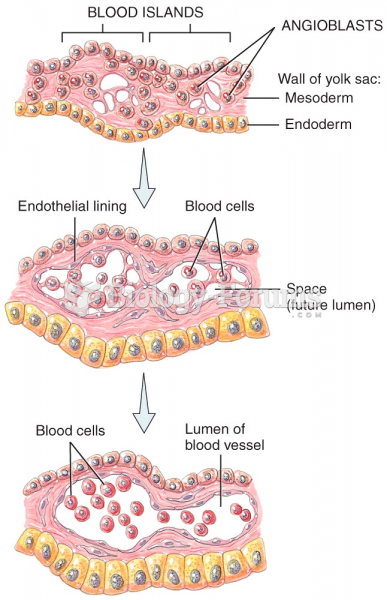Answer to Question 1
Appliances: Mild OSA can be treated with use of dental appliances that move and hold the mandible
in a forward position.
Continuous positive airway pressure (CPAP): A machine generates a continuous flow of air to the upper
airways throughout the respiratory cycle. The airflow is delivered with sufficient pressure to
prevent the upper airway from collapsing during inspiration. This method can be used through a
nasal pillow, nasal mask, or full-face mask.
CPAP with O2: This is the same as CPAP but with added O2 through the machine or by nasal cannula.
This method can be used with a nasal pillow, nasal mask, or full-face mask.
Bilevel positive airway pressure (BiPAP): BiPAP differs from CPAP in that it delivers two different levels
of airflow, with a higher pressure given during inhalation and a lower pressure given during exhalation.
Surgical Options
Tonsillectomy, with or without adenoidectomy, or a uvulopalatopharyngo plasty: The removal of the
uvula, part of the soft palate, and mucosa of the pharynx might be done to enlarge the throat.
Reports of success vary widely, from 40 to 80.
Mandibular advancement surgery: This may be performed for a congenitally small mandible.
Tracheostomy: This surgical procedure creates an artificial opening into the trachea from the neck.
The patient places a cap over the opening during the day, allowing the patient to breathe and
speak normally. The patient connects himself or herself to humidified O2 at night, thereby
bypassing any upper airway obstruction. This treatment option is reserved for life-threatening
sleep apnea.
Bariatric surgery: This might be considered in the efforts to facilitate weight loss, therefore improving
symptoms of OSA.
Answer to Question 2
A polysomnogram will show the depth and type of sleep, as well as how well you are breathing during
sleep. The test will take place in a sleep laboratory; a sleep technician will monitor you throughout the
night. Your chest and abdominal movement, oral airflow, nasal airflow, Spo2, ocular movement, and
heart rate and rhythm will be monitored. All of this monitoring will require that several wires be taped
to your head and face. Although the testing will not be painful, you might find it difficult to sleep with
all of the equipment attached to you and in the unfamiliar environment of the laboratory.
Answers: a, d, e
Complications that can result from untreated sleep apnea include cardiovascular changes, such
as hypertension, right-sided heart failure from pulmonary hypertension caused by chronic nocturnal
hypoxemia, and cardiac dysrhythmias, as well as an increased risk of stroke and insulin resistance.
Untreated OSA does not lead to hypotension or an early onset of COPD.
Begin efforts to lose weight. He could immediately begin a walking program and start an
appropriate diet.
Avoid back sleeping. He can sew a pouch in the back of a nightshirt and put tennis balls in it, so he
is less likely to sleep on his back.
Elevate the head of bed.
Initiate smoking cessation efforts. He can enroll in a smoking cessation program or use nicotine
patches, gum, or prescription medications to help him stop smoking.
Decrease caffeine intake. He can start mixing his coffee with decaffeinated coffee to decrease the
caffeine.







